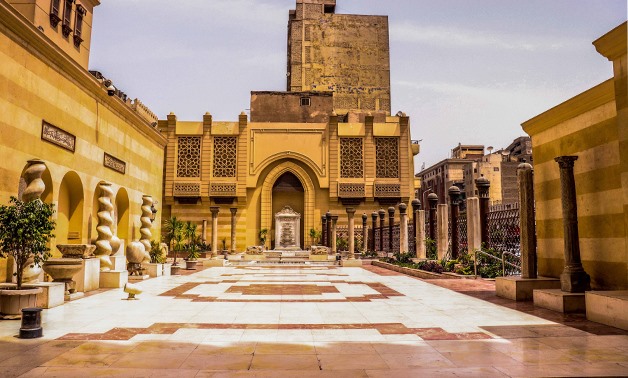

These include finely carved woodwork, delicately decorated ceramics, and rare manuscripts.Ī Mamluk key to the Ka’ba in Mecca and a textile bearing the oldest Kufic inscription are among the museum’s most notable possessions.Ĭlick Here to Download the Brochure of the Museum. The vast collection takes the visitor on a journey through all periods of Islamic history, displaying some of the most magnificent artifacts. The sabil offered an 'almost cubist expression.

The museum’s building consists of two floors that exhibit a large selection of artifacts from all over the world, covering subjects such as astronomy, medicine, and architecture. The final source of inspiration for the Pey project was the 13th century sabil (ablution fountain) of the Ahmad Ibn Tulun Mosque in Cairo, Egypt. In 2014, an explosion targeting the opposite building (Cairo Security Directorate), impacted the façade. Benot Junod, Georges Khalil, Stefan Weber. Download MUSEUM OF ISLAMIC ART for iOS to the Museum of Islamic Art, located in BAB AL- KHALQ in the heart of Historic Cairo, is considered to be the LARGEST Islamic Art museum in the. The building’s facade was made in the Mamluk style and is adjacent to the National Library of Egypt. Islamic Art and the Museum: Approaches to Art and Archaeology of the Muslim World in the Twenty-First Century. Eventually the building was established and inaugurated in 1903 AD, during the region of Khedive Abbas Helmy ll. The idea of collecting and display the grand collection of artifacts began in 1880 AD. The Museum of Islamic Art contains one of the largest and most extensive collections of Islamic artifacts in the world.


 0 kommentar(er)
0 kommentar(er)
